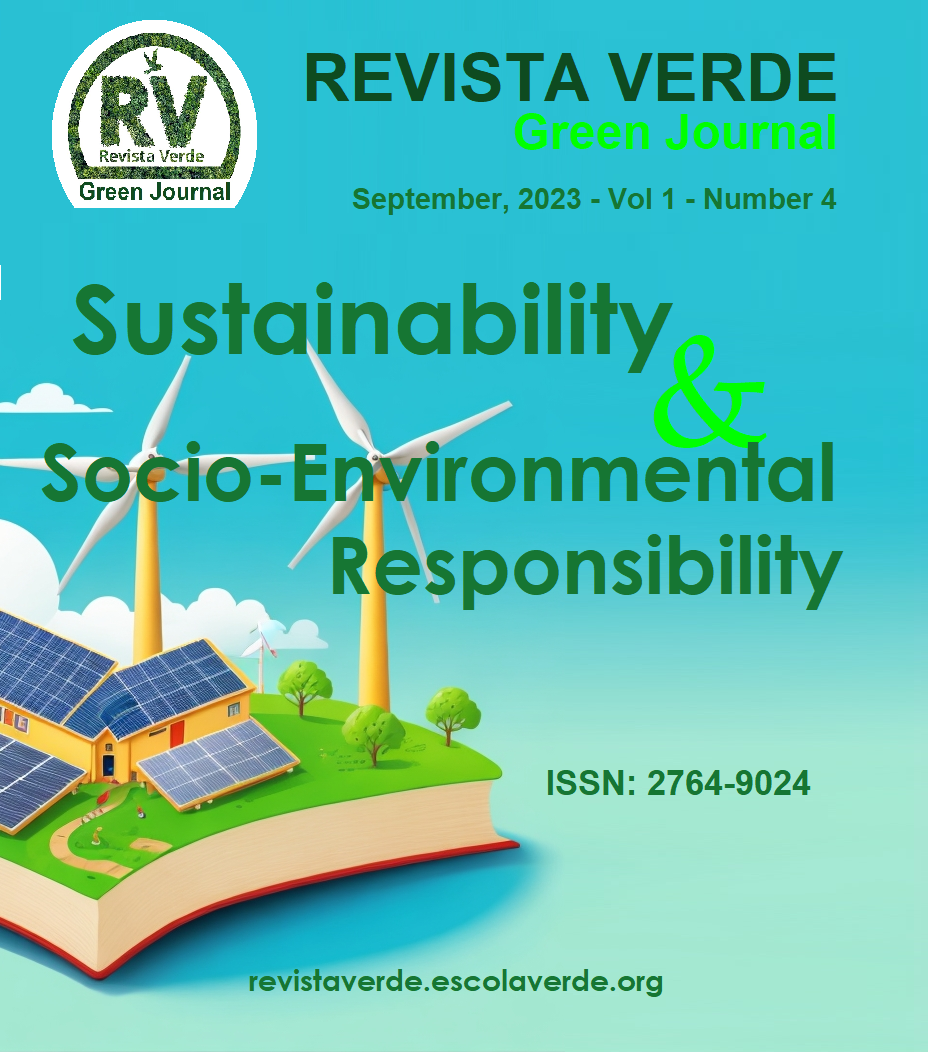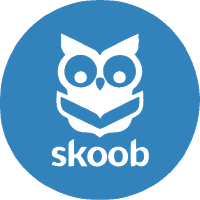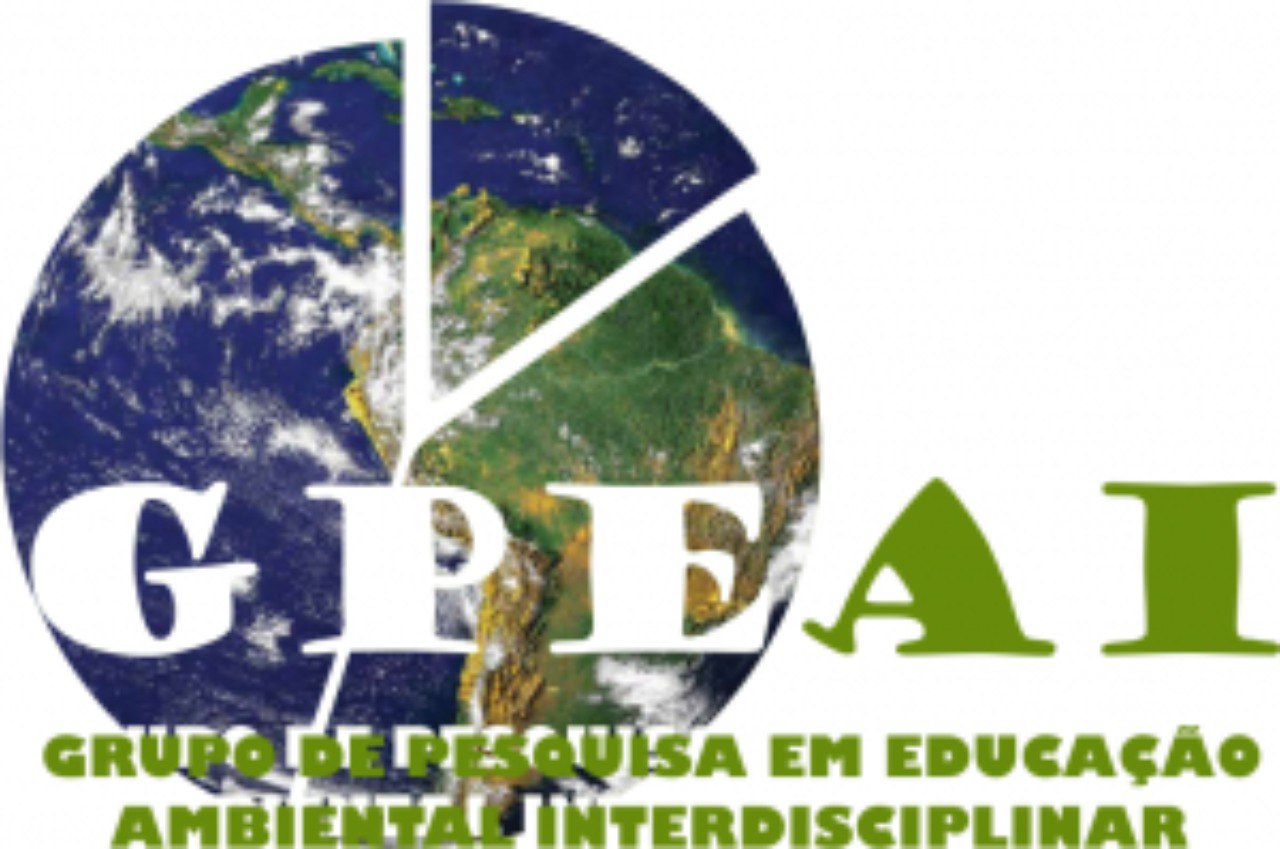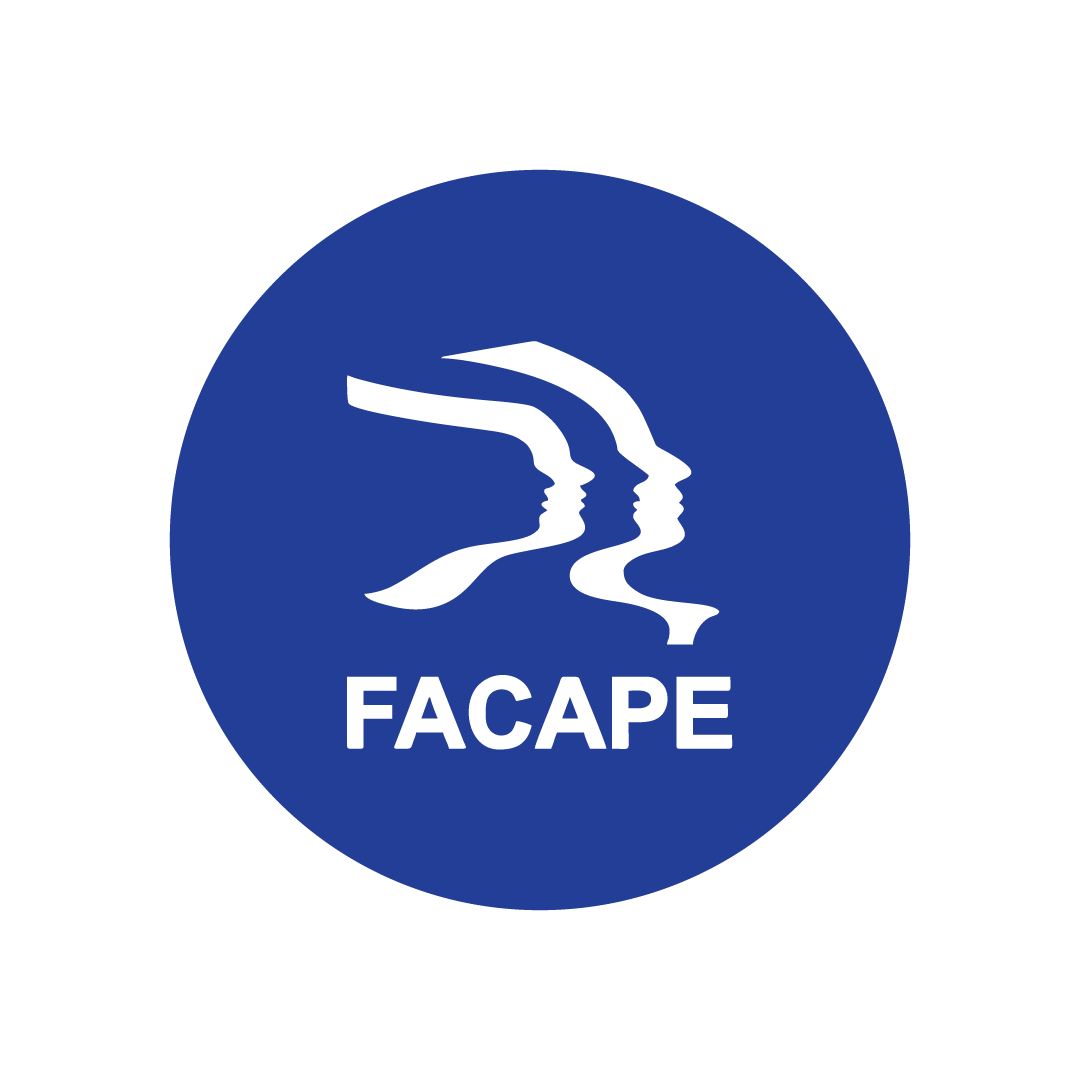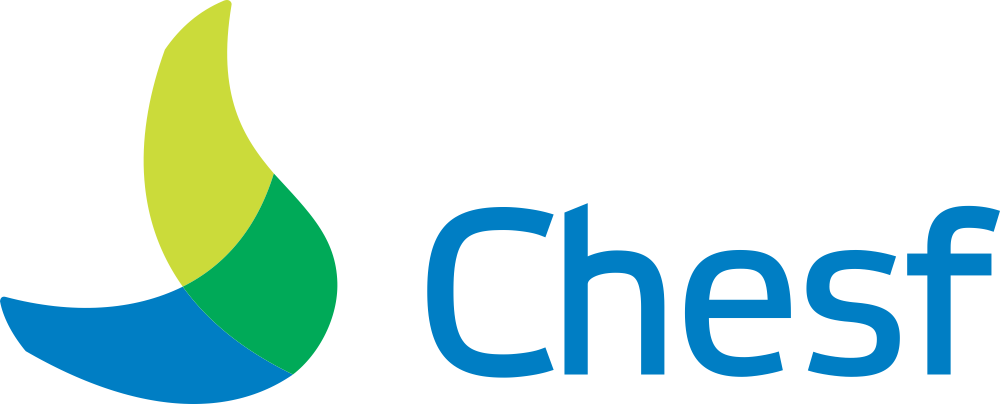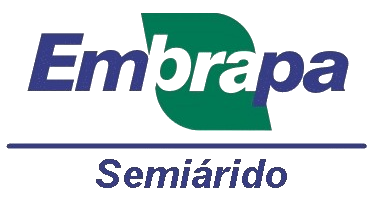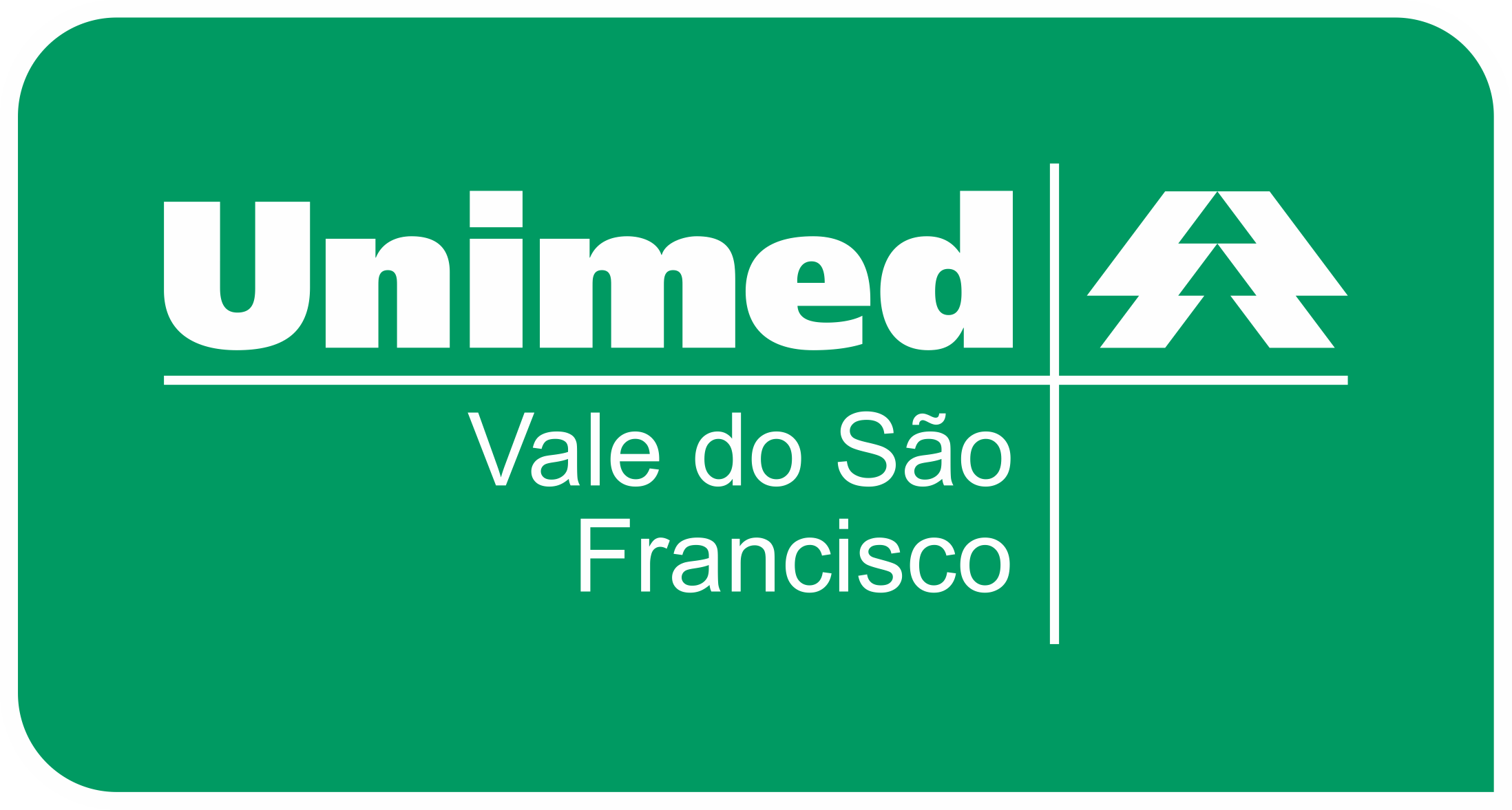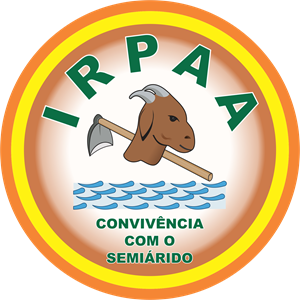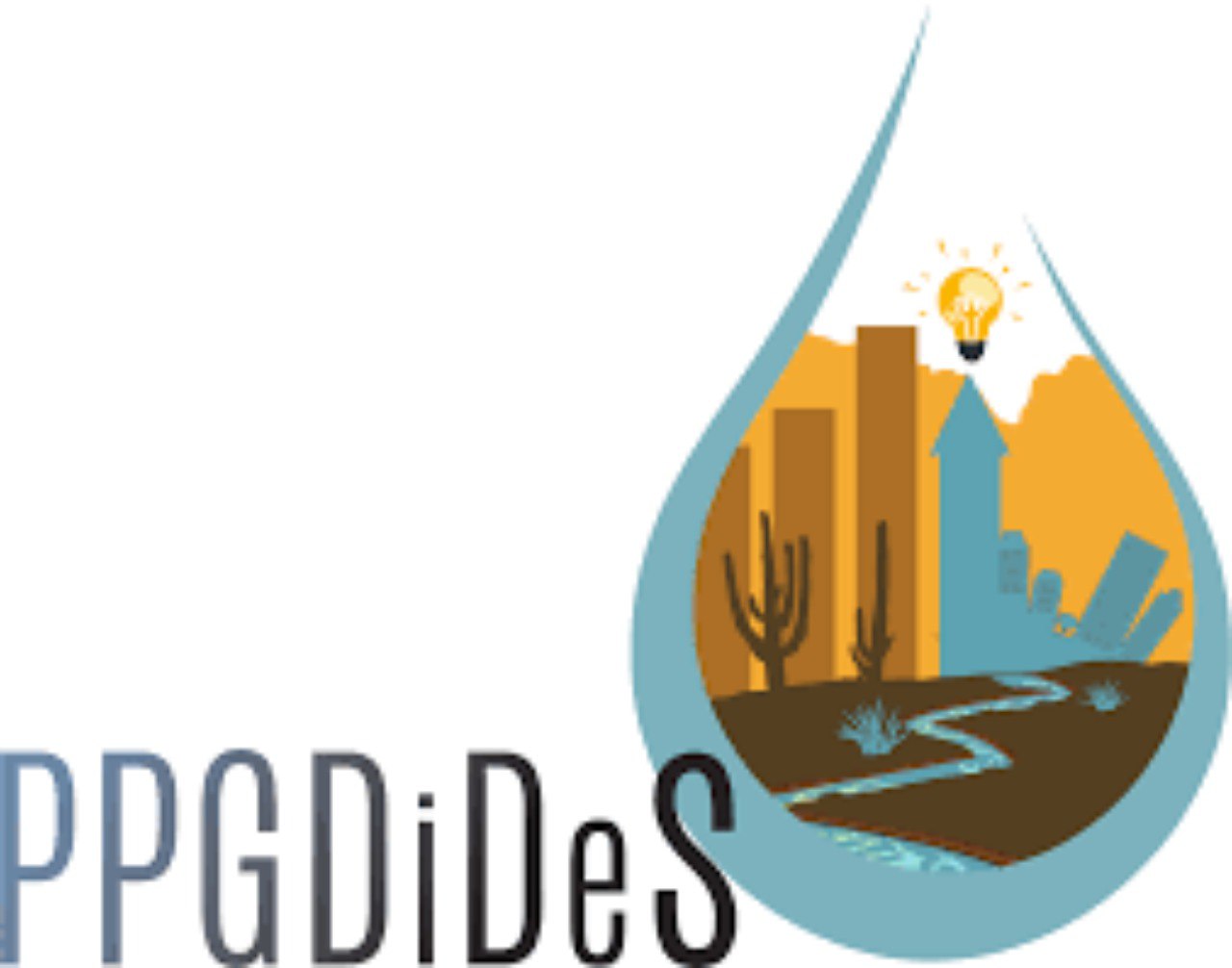CHARACTERIZATION OF HOMOGENEOUS SOCIAL GROUPS ASSOCIATED WITH CORRESPONDENCE ANALYSIS AS TOOLS FOR DIRECTING AND EVALUATING WORKS IN ENVIRONMENTAL EDUCATION
DOI:
https://doi.org/10.5281/zenodo.8374341Keywords:
Homogeneous Social Group, ANACOR, Health and Environmental Education, Synanthropic Fauna, Project AssessmentAbstract
The educational project Para Viver de Bem com os Bichos – PVBB has been applied to educational institutions in the City of São Paulo - SP, Brazil and consists of two modules: Responsible Ownership and Synanthropic Fauna. The present study was designed to analyze the possibility of using the methodology for characterizing homogeneous social groups (GSH) of multiplier participants participating in the two modules, teachers from a teaching unit and the family of children, students of this teaching unit in 2009 in city of São Paulo – SP, Brazil. In parallel, those responsible for the families responded to a questionnaire with open questions covering topics related to synanthropic fauna and health risks to verify the knowledge obtained by the families of the children involved in the educational process. The responses from these families were subjected to content analysis and correspondence analysis (ANACOR). Self-completion questionnaires were used, with open questions for content analysis. Semi-open questions were used to characterize homogeneous social groups. Correspondence analysis was used to establish relationships between responses and homogeneous social groups. The use of the aggregation of the subjects' families, into homogeneous social groups, made it possible to evaluate their social insertion and trends of differentiated associations between the GSH and the answers cited by those responsible.
Downloads
Downloads
Published
Issue
Section
License
Copyright (c) 2023 Green Journal

This work is licensed under a Creative Commons Attribution-NonCommercial-NoDerivatives 4.0 International License.

